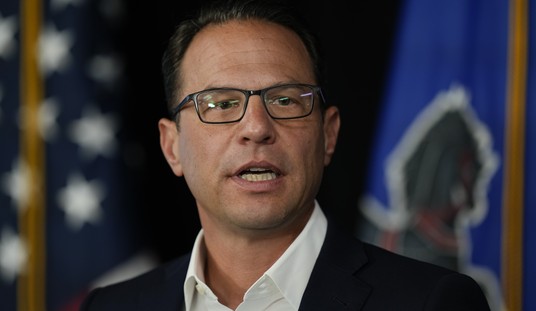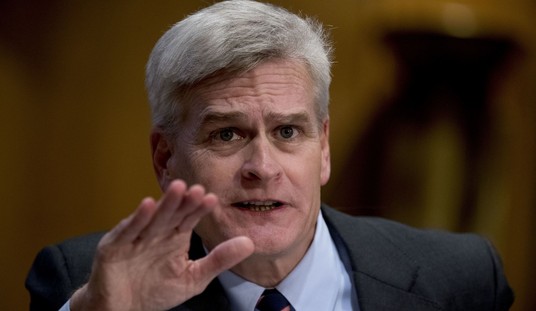
Toward the end of June, Donald Trump’s administration proposed a restructuring of the executive branch. In particular, he appears set to shrink the number of Cabinet positions and, possibly, the size of the bureaucracy that runs them.
The most interesting proposal from the Trump administration is the proposal to combine the Education and Labor Departments in order to create a department focused on career education and job training. There is some merit to the idea, as more practical training can help Americans fill real jobs that have become scarce in an America focused on degrees and higher education.
However, the combination of those two departments still seems way more focused on solving simple bureaucratic problems, while real educational problems will still persist throughout the country.
In writing on this issue before, I know that it is always guaranteed one of the first comments will be “Do away with the Department of Education completely.” It is a consistent rallying cry among conservatives, and it is not the worst idea we could have. However, if we are to have a Department of Education, there are some problems that simply merging it into the Department of Labor won’t solve.
The first is funding. Those who have led the Department in the past have had a nasty habit of using funding to “encourage” (read: force) policy changes among school systems. The funding was held out like a carrot on a string. “Just adopt this idea, and you’ll get your money.” That is unfair to schools who succeed without some of these policy initiatives, and it promotes the idea that it is the government who should pick the winners and losers.
Funding should be distributed evenly to public schools, with performance-based incentives that are not tied to adopting any standards or policies endorsed by the federal government.
The second problem that has to be solved, with or without a bureaucratic merger, is the problem of racial discrimination and the achievement gap. Such a gap does, in fact, exist, and it is one that can’t be solved by refocusing our efforts on career education. There is a cultural barrier to education for some and there is a cultural craving for education in others. That is why the Trump Department of Education, rightly, de-emphasized race-based quotas for colleges and universities (affirmative action for higher education).
The result of this policy was that Asian-American students were actively discriminated against because they were too successful at getting into American universities, particularly more renowned ones. We have to identify the cultural barriers to some subsets of students (African-American, Hispanic, etc.) and work to decrease the achievement gap between them and white or Asian-American students.
The final problem we should see addressed is the problem of teacher training. I can’t speak for all fifty states, but in Louisiana, we made it more challenging for teachers to gain tenure, but it’s still fairly easy for someone to become a teacher. Teacher education and training are also in desperate need of more practical training, as well as training in areas you wouldn’t expect, like childhood psychology and social issues, extra-curricular involvement, and working as a team.
The federal government, if it is to have a hand in education, should focus on providing more incentives to teacher training programs. Find ways to attract and invest in good educators, helping them grow and be prepared for more challenges than ever before.
These are the problems we need to solve. Shrinking the size of the bureaucracy won’t fix our problems. We need actual, education-based ideas.













Join the conversation as a VIP Member